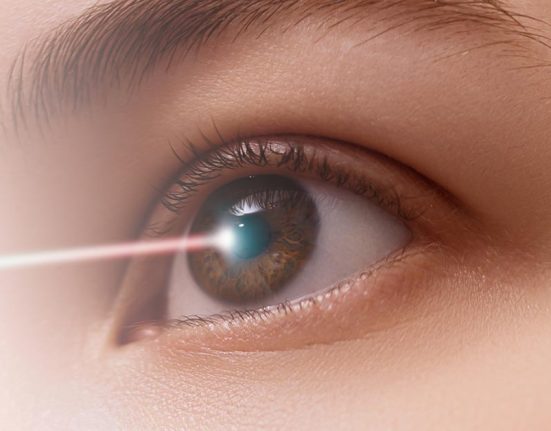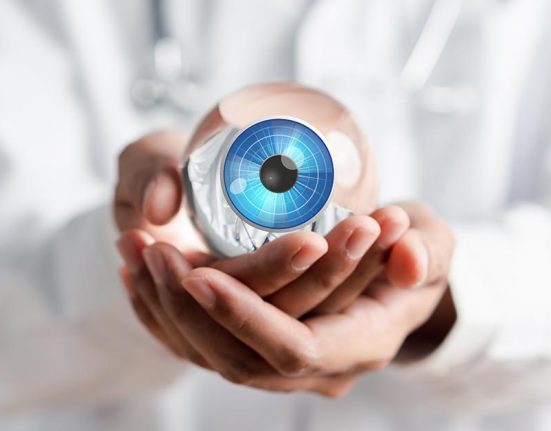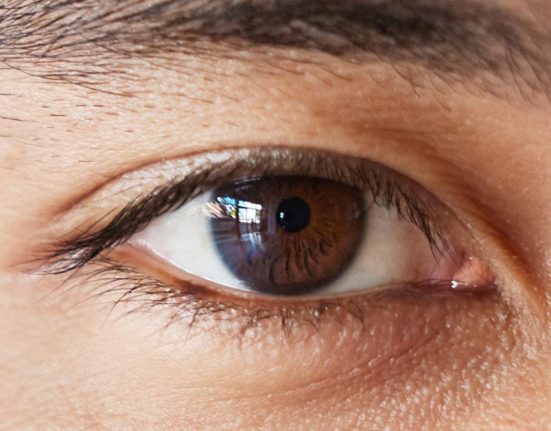There are many innovative eye surgeries available today for clearer vision. One such procedure is SMILE eye surgery, an acronym for Small Incision Lenticule Extraction. What is it, what does it treat, who are the suitable candidates and what should a patient expect from this procedure?
What Is SMILE Eye Surgery?
SMILE, which stands for Small Incision Lenticule Extraction, is a type of refractive eye surgery that corrects myopia (nearsightedness) and astigmatism. What sets it apart is its minimally invasive approach, providing an alternative to traditional procedures like LASIK (Laser-Assisted In Situ Keratomileusis) and PRK (Photorefractive Keratectomy).
What Does It Treat?
SMILE primarily corrects myopia and astigmatism by reshaping the cornea, leading to improved vision without the need for glasses or contact lenses.
What Are The Benefits Of SMILE Compared To Others?
- SMILE is a minimally invasive procedure that requires only a small incision for lenticule extraction, as opposed to other refractive surgeries such as LASIK, LASEK, and PRK.
- SMILE involves the removal of a lenticule from within the cornea, leaving the corneal surface more stable than procedures that involve the creation of a flap.
- Some studies suggest that SMILE may be associated with a lower incidence of dry eye symptoms compared to LASIK, possibly because the corneal nerves are less affected during the procedure.
- Since SMILE does not involve the creation of a corneal flap, potential flap-related complications are eliminated.
Who Are The Suitable Candidates For SMILE?
Ideal candidates for SMILE are individuals with myopia or astigmatism who want clearer vision without the need for glasses or contact lenses. It may be recommended to those with higher prescription or dry eyes.
To ensure safety and effectiveness of the procedure, your eye care professional and or clinic may require certain factors in determining one’s candidacy for SMILE eye surgery. Here are some common factors:
- 18 years old and above, as younger individuals may still experience changes in their vision.
- Eyeglass or contact lens prescription should have remained stable for a year before considering SMILE.
- The degree of myopia or astigmatism should fall within a specified range (typically myopia that falls between -1 and -10 and astigmatism up to 3.00 D).
- Adequate corneal thickness is crucial for the safety of the procedure.
- Candidates should be in good general health.
- Women who are pregnant or breastfeeding are typically advised to wait until after this period before undergoing SMILE surgery.
It is important to note that these criteria may vary slightly among different eye care professionals and clinics.
Is SMILE Eye Surgery Safe?
SMILE has shown promising safety and effectiveness. A study found that after surgery, 90.24% of patients who received SMILE achieved an Uncorrected Distance Visual Acuity (UDVA) of 20/20 or better.
What Does The Procedure Involve?
The surgeon will numb your eye and will use a femtosecond laser to create a lenticule (a small disc of tissue that looks like a soft contact lens) within the cornea and a small incision is made to extract it. This process reshapes the cornea, addressing the refractive error.
Your eye would not need any stitches and will heal in about a few days.
What Should You Expect Before The Procedure?
Before undergoing SMILE surgery, you may expect a thorough preoperative evaluation. This includes a detailed discussion of medical history, comprehensive eye tests, and discussions about expectations and potential risks.
You will also be advised to have a person with you to drive you home on the day of your surgery.
What Should You Expect After The Procedure?
Post-operatively, you may experience mild discomfort and visual fluctuations, which are normal parts of the healing process. Follow-up appointments with your surgeon will help monitor progress, and you will receive guidelines for optimal recovery.
What Are The Risks Of SMILE?
While SMILE (Small Incision Lenticule Extraction) eye surgery is generally considered safe and effective, like any surgical procedure, it carries some potential risks and complications. It is important to be aware of these risks and discuss them thoroughly with your eye care professional. Here are some potential risks associated with SMILE:
- Dry eyes.
- Pain and discomfort.
- Halos or glare, especially in low light conditions.
- Undercorrection or overcorrection.
- Infection.
How Much Does It Cost?
In Singapore, SMILE eye surgery may cost S$5,300 and above. It is to note that prices may vary depending on factors such as the surgeon, chosen clinic, and others.
Schedule A Consultation For SMILE Eye Surgery
SMILE eye surgery is a modern solution for vision correction, offering a minimally invasive approach with potential benefits for eligible candidates. If you are interested in this procedure and want to know if you are an ideal candidate, contact us through the button below to schedule a consultation.
Protect against cancer, cardiovascular disease, and other chronic diseases with regular health screening. Compare and shop for health screenings from Singapore and regional healthcare providers at a single convenient platform - shop.health365.sg
This article is informative only and is not intended to be a substitute for professional medical advice, diagnosis, or treatment, and should never be relied upon for specific medical advice.










